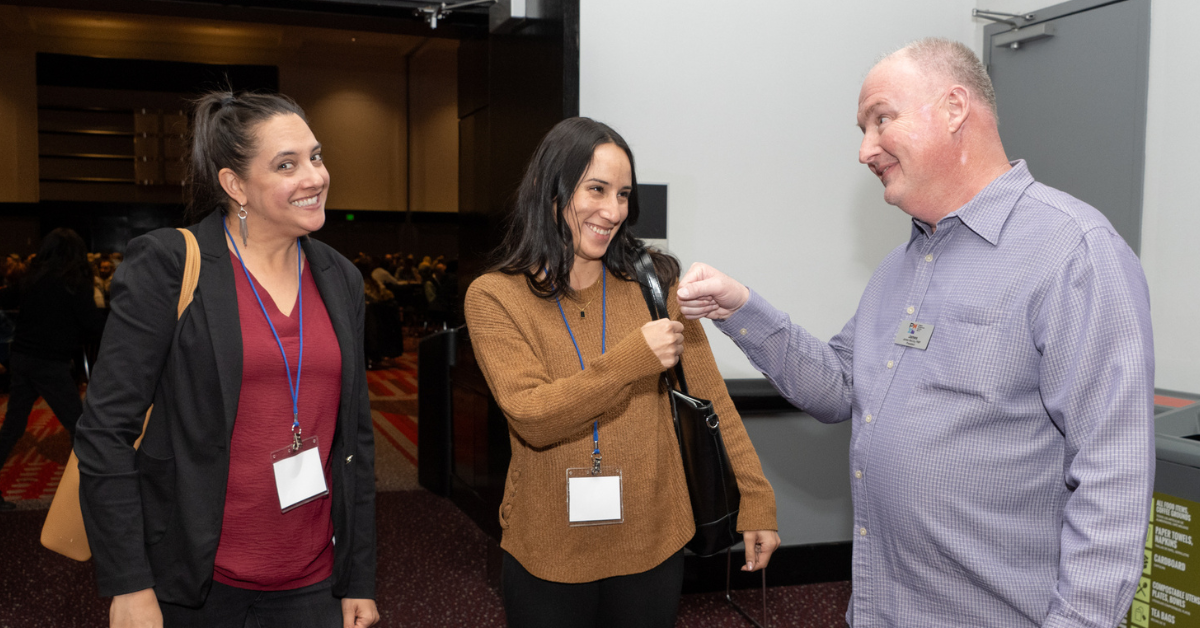Conflict has a bad reputation. Many people are afraid of it, so they avoid it. Some people like it a little too much and come off abrasive and difficult. Because of our negative views of conflict, we often see it as a bad thing. Conflict is not inherently bad, it just means that the interests of two people or groups seem at odds, and some obstacle must be overcome in order for everyone to feel satisfied.
In project management, conflict is inevitable, and can be a very useful tool. If we approach a conflict with a more neutral position, it can be used to constructively create a solution that aligns priorities and interests and brings people together, often in ways that are better than either of the original perspectives. Read on for 10 Ways to Say “No,” Professionally.
Turning Conflict into Collaboration
The key to constructive conflict is to neither avoid it nor inflame it. Avoidance can look like being vague, putting off a decision, or saying “yes” when the real answer should be “no.”
On the other hand, provoking conflict is equally unproductive. Maybe you’re comfortable saying “no,” but if you shut down the conversation with abruptness or irritation, you’re still doing harm. Dismissing requests too quickly without curiosity or collaboration can create tension instead of resolution.
So, how do you know if a conflict is constructive? Look for three things: your response is respectful, clear, and empathetic. That means acknowledging the request, offering explanations when appropriate, and staying open to alternatives. There’s rarely just one right answer, so take a breath and explore the options before rushing to judgment.
Even Senior PMs Get This Wrong
Saying no with professionalism and clarity isn’t just a skill for early-career project managers; it’s a milestone for anyone who wants to lead well. While this lesson is best learned early, even mid-level and senior PMs struggle with it. In fact, poor boundary-setting has quietly landed many experienced professionals at the top of layoff lists—not for lack of knowledge, but for failing this key test of project maturity.
Most of us have a natural desire to be liked. We want to be helpful, collaborative, and easy to work with. But project managers aren’t here to please everyone—we’re here to protect the scope, the requirements, and the success of the project. When requests fall outside those lines, no matter how well-intentioned, they must be evaluated carefully. Saying yes might win short-term approval, but strong PMs understand that firm boundaries now prevent bigger problems later.

10 Ways to Say “No,” Professionally
1. Express regret and provide an alternative.
What to say: “I’m sorry, we don’t offer that feature/service, but we do have an alternative option which might meet your needs.”
Avoid: “No, we don’t do that.”
2. Offer an explanation.
What to say: “Unfortunately, we are unable to accommodate that request because it falls outside the current project scope.”
Avoid: “We’re not doing that, it just won’t work.”
3. Set clear expectations.
What to say: “I appreciate your interest, but we can’t implement that until the next phase due to current resources and timelines.”
Avoid: “I’m too busy for that.”
4. Redirect to another source.
What to say: “I recommend trying this alternative product/service for your specific requirement, as it is their specialty.”
Avoid: I can’t do that, try someone else.
5. Acknowledge the request and decline politely.
What to say: “Thank you for considering us, but we’re unable to proceed with that request at this time because…”
Avoid: “Yeah, no. That’s not happening.”
6. Politely decline without detailed explanation.
What to say: “I’m afraid that won’t be possible within this scope.”
Avoid: “Nope.”
7. Express appreciation.
What to say: “I understand this is important to you. Thank you for bringing it to our attention, but unfortunately, we are unable to support that request.”
Avoid: “That’s not my priority right now.”
8. Offer to escalate or find another solution.
What to say: “Let me check with our technical lead or management to see if there’s another approach we haven’t considered.”
Avoid: “You’ll have to figure it out yourself.”
9. Provide a reason with empathy.
What to say: “Due to current capacity limits, we’re not able to add this right now. I know that’s frustrating.”
Avoid: “It’s not my fault, we are understaffed.”
10. Suggest a compromise.
What to say: “We can’t add the full functionality now, but perhaps we can deliver a simpler version in this phase.”
Avoid: You’re asking for too much—we’ll just do what we can.
Remember, whether with a client, colleague, or anyone else, the key to saying no professionally is to be respectful, clear, and empathetic towards the need or requests of others.If you can apply these principles, you’ll find that your days will be less stressful and your conflicts more productive. Some of the best outcomes emerge from tough conversations. When you lead with clarity and empathy, conflict becomes a tool for alignment, not anxiety. You may never love opening your inbox…but you’ll dread it a lot less!